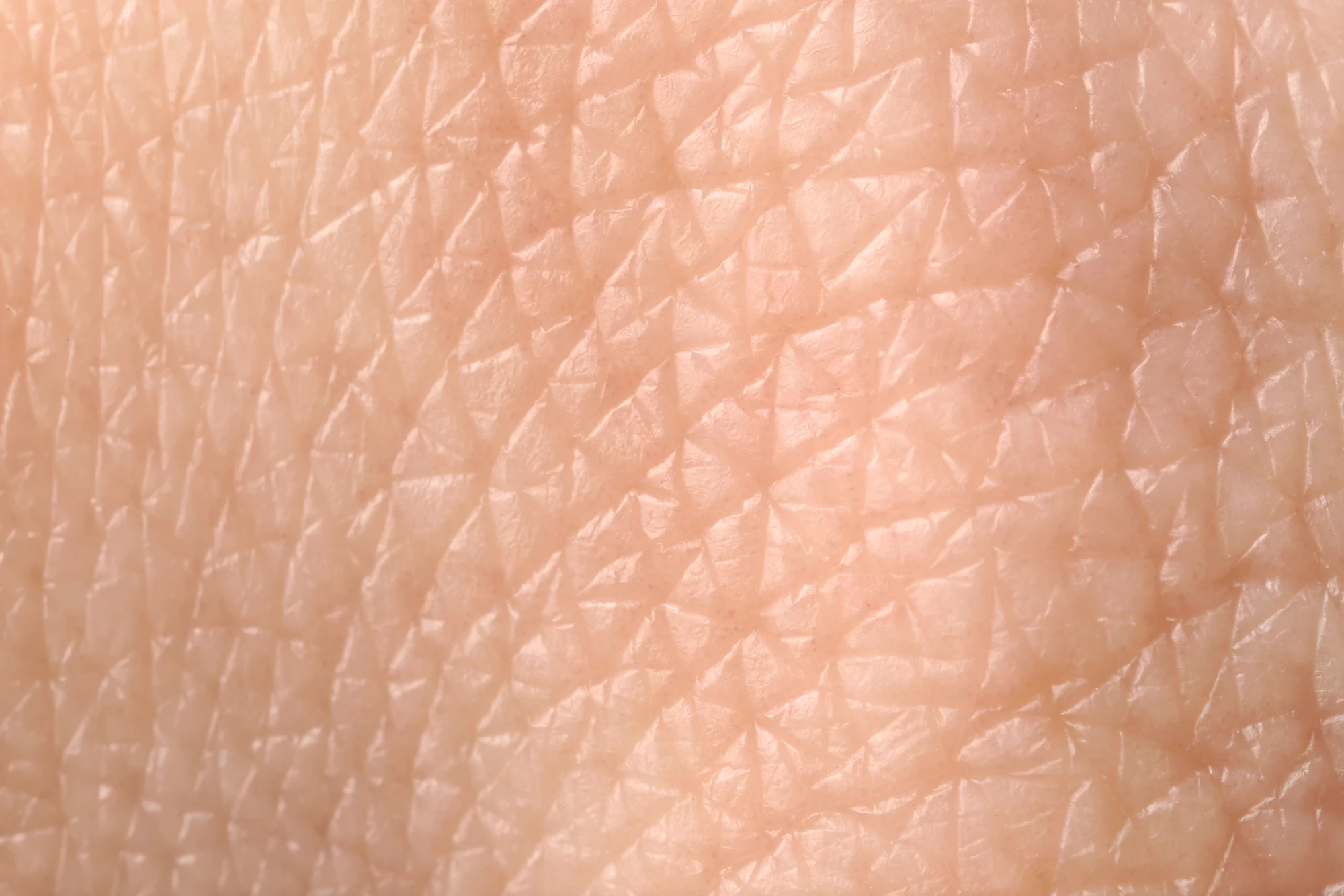New research has, for the first time, discovered hemoglobin in the uppermost layer of human skin, and found that it helps protect against damage. The findings provide important insights into skin diseases such as aging and cancer.
Hemoglobin is best known for binding with oxygen in the bloodstream and carrying it from the lungs to the tissues. However, a new study has discovered that hemoglobin has another role: protecting our skin from damage.
The researchers were keen to see how the epidermis – the skin’s outermost layer – protects us from environmental challenges such as UV light exposure, so they examined what was going on in the skin on a molecular level.
“The epidermis consists of keratinized stratified squamous epithelium, which is primarily comprised of keratinocytes,” said the study’s corresponding author, Masayuki Amagai. “Previous studies have identified the expression of various genes with protective functions in the keratinocytes during their differentiation and formation of the outer skin barrier. However, other barrier-related genes escaped prior protection because of difficulties obtaining adequate amounts of isolated terminally differentiated keratinocytes for transcriptome analysis.”
Epidermal keratinocytes originate from the deepest layer of the skin (stratum basale), differentiate, and move upward to form several layers. The expression of various genes with protective barrier functions has been identified in keratinocytes during their differentiation phase, with disorders such as atopic dermatitis arising from genetic variants.
To determine unidentified molecules involved in the skin’s barrier mechanism, the researchers analyzed highly expressed genes in the whole and upper epidermis of healthy human skin, taken from the thigh and upper arm of three individuals, and mouse skin. Unexpectedly, they found that HBA1/2 genes encoding the protein alpha-globin, one of the subunits of hemoglobin, were highly expressed in the upper epidermis of human skin. Similarly, in mouse skin, Hba-a1/a2, which corresponds to HBA1/2 in humans, was highly expressed in the upper epidermis.
“We conducted a comparative transcriptome analysis of the whole and upper epidermis, both of which were enzymatically separated as cell sheets from human and mouse skin,” said Amagai. “We discovered that the genes responsible for producing hemoglobin were highly active in the upper part of the epidermis. To confirm our findings, we used immunostaining to visualize the presence of hemoglobin alpha protein in keratinocytes of the upper epidermis.”
The researchers applied UVA and UVB irradiation separately to the skin and found that UVA, but not UVB, induced HBA1/2 expression in epidermal keratinocytes. UVA irradiation is a major contribution to reactive oxygen species (ROS)-mediated damage in keratinocytes. Intracellular ROS levels significantly increased in HBA-knockout keratinocytes compared to controls, suggesting that HBA expression is induced to suppress UVA-inducted ROS generation in epidermal keratinocytes.
Mitochondria – the cell’s energy producers – are particularly sensitive to excessive UV-radiation-generated ROS and UV radiation-induced mitochondrial dysfunction directly contributes to skin damage, also called photoaging.
“Our study showed that epidermal hemoglobin was upregulated by oxidative stress and inhibited the production of reactive oxygen species in human keratinocyte cell cultures,” said Amagai. “Our findings suggest that hemoglobin alpha protects keratinocytes from oxidative stress derived from external or internal sources such as UV radiation and impaired mitochondrial function, respectively. Therefore, the expression of hemoglobin by keratinocytes represents an endogenous defense mechanism against skin aging and skin cancer.”
The researchers say their findings provide important insights into ROS-related skin diseases such as aging and cancers.
The study was published in the Journal of Investigative Dermatology.
Source: Elsevier





